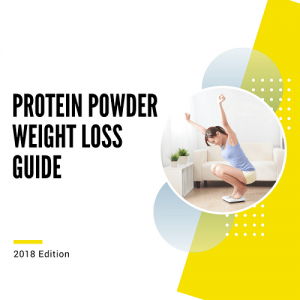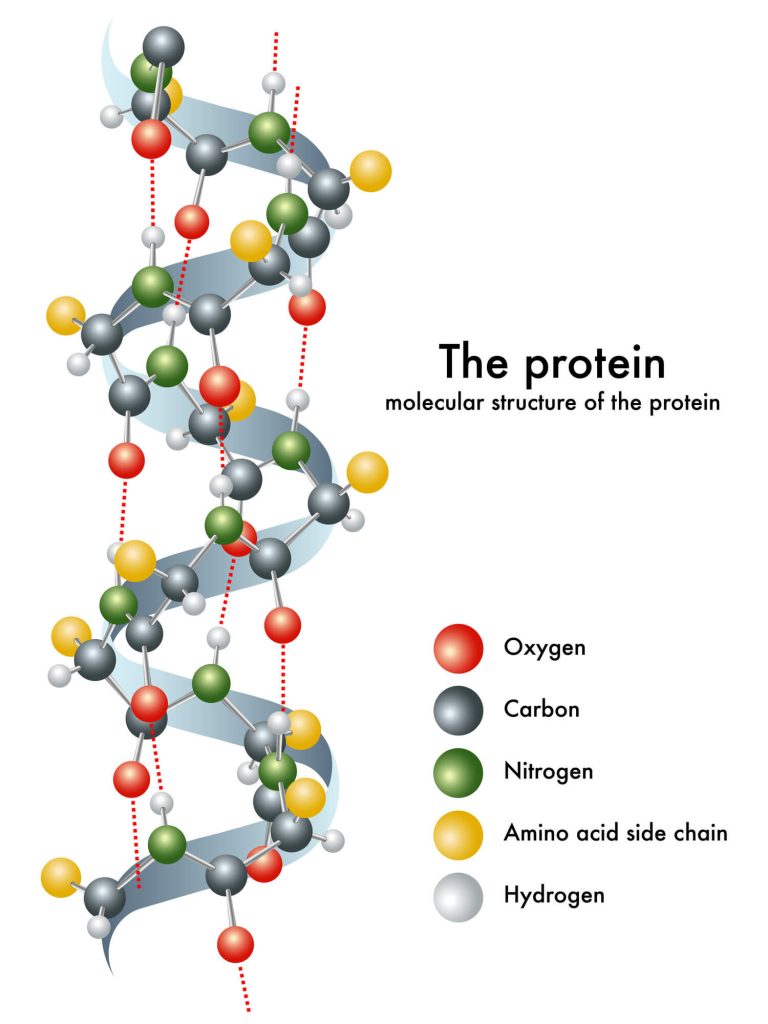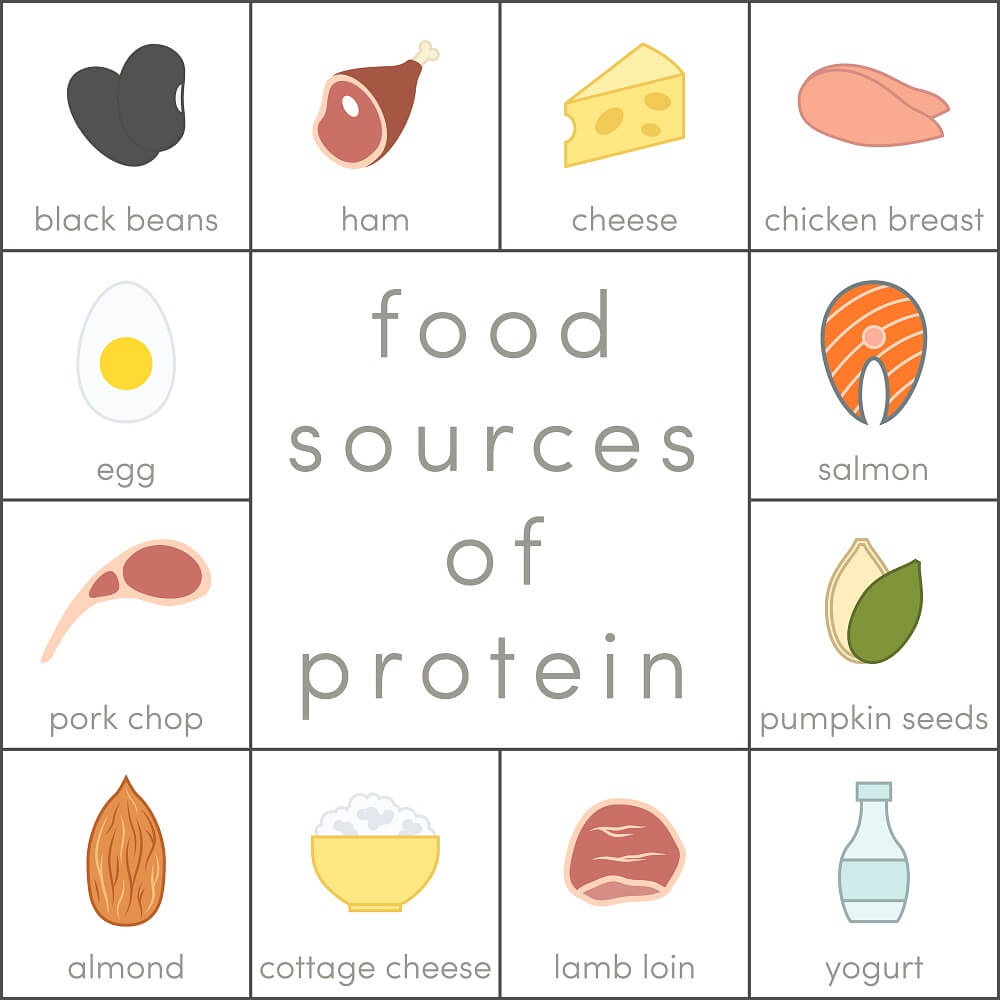
Protein powders rank among the most popular supplements to help you lose weight.
Protein powder not only supports weight loss, but will help fuel an active life; speed up your recovery time after exercise; builds, repairs, and protects muscles; decreases inflammation; improves metabolic health; and potentially reduces the risk of Type 2 diabetes and heart disease.
Okay, so you have decided to use protein powder for weight loss, but what type should you buy?
How does it work?
How exactly does it help me lose weight?
Our ultimate guide to protein powder and weight loss will answer these questions and more.
We have divided our directory into eight sections:
- The Basics of Protein Powders for Weight Loss
- How to Use Protein Powders for Weight Loss (Beginner Guide)
- How Not to Use Protein Powders for Weight Loss – 7 Common Mistakes
- 6+ Ideas on How to Amplify Fat Burning Effect Safely
- 6 Benefits of Whey Protein (Apart from Fat Burning)
- 4 Dangerous Ingredients in Whey You Must Avoid
- 9 Healthy Alternatives to Whey Protein Powder
- How Celebrities Use Protein Powder for Weight Loss
Ready?
Let’s get on with it!
The Basics of Protein Powders for Weight Loss
What Is Protein and Where Does It Come From?

Protein comes from animals and plants.
It is one of the three macronutrients along with fats and carbohydrates. They are called macros due to the requirement by the body to metabolize large amounts each day to remain healthy.
Chemically, protein is comprised of amino acids, carbon, hydrogen, nitrogen, oxygen, and sulphur.
Amino Acids
There are twenty core proteinogenic or amino acids used to make protein. Scientists break these proteinogenic amino acids into two categories:
- Essential
- Non-essential.
About ten are essential and ten non-essential.
Here is a list of 10 essential amino acids. These are the ones our bodies cannot produce include:
- arginine (essential for children, but not for adults)
- histidine
- isoleucine
- leucine
- lysine
- methionine
- phenylalanine
- threonine
- tryptophan
- valine
The 10 non-essential amino acids are:
- alanine
- asparagine
- aspartic acid
- cysteine
- glutamic acid
- glutamine
- glycine
- proline
- serine
- tyrosine
Here are the 4 typical sources of protein.
These sources include both, essential and non-essential amino acids, but only animal-based products provide a complete list of essential amino acids (with the exception of soy, which also provides all the essential amino acids for a human body):

#1: Meat Protein
Red meat contains the highest levels of protein of just about any food source. A lean cut of beef has about 31 grams of protein in a 3-ounce serving.
Ham and pork contain about 28 grams per 3-ounce serving. Fatter meats contain less.
#2: Poultry and Sea Food
Chicken and turkey contain the same amounts of protein per serving as ham and pork. Oily fish such as tuna or salmon contain around 20g of protein per 100g.
#3: Plants
Many people know about the protein-rich soy products. One cup of soybeans has 29 grams of protein.
Quinoa is another plant-based product very rich in protein, about 8 grams per cup.
Beans provide about 15-17 grams per cup.
Hemp Protein
Hemp protein is another type of protein for those that don’t like to eat meat. Hemp comes from the Sativa plant and is used in textile manufacture.
One scoop of hemp powder has about 15 grams of protein in it.
#4: Eggs and Dairy
Choosing non-fat egg and dairy products gives you the most protein per serving for dairy for this group. One ounce of non-fat mozzarella provides 9 grams of protein, one ounce of parmesan cheese, ten grams, and one large egg six grams.
To read the full article, please follow this link: blackbeltprotein.com.au
No comments:
Post a Comment